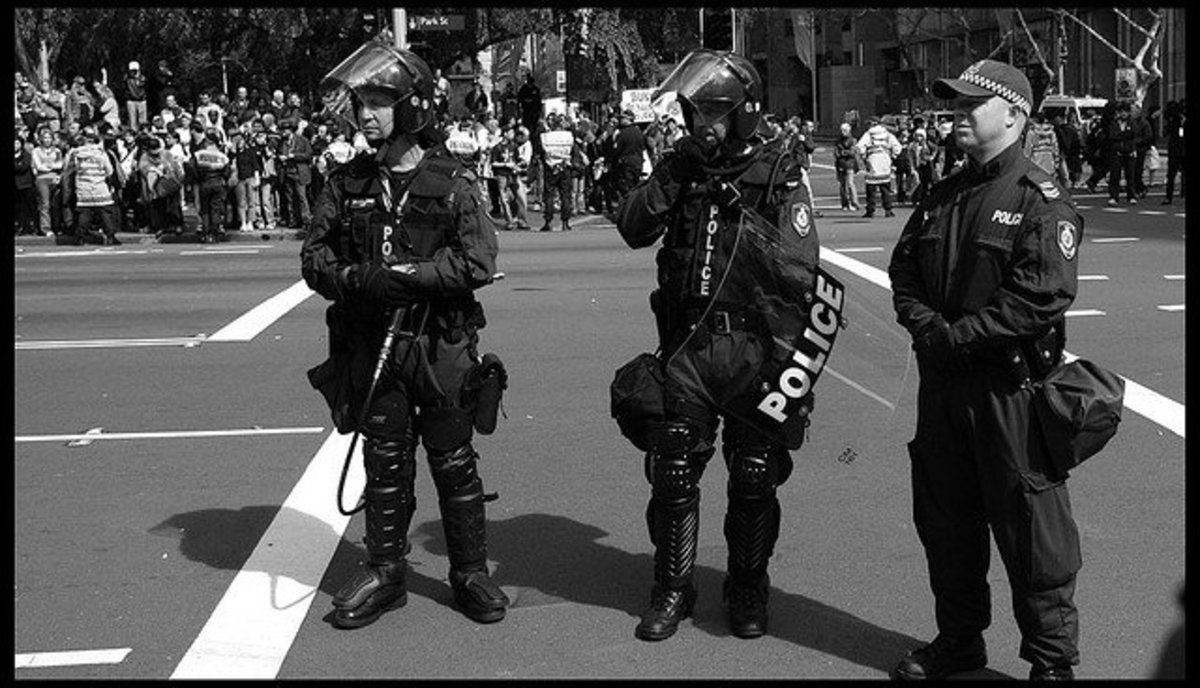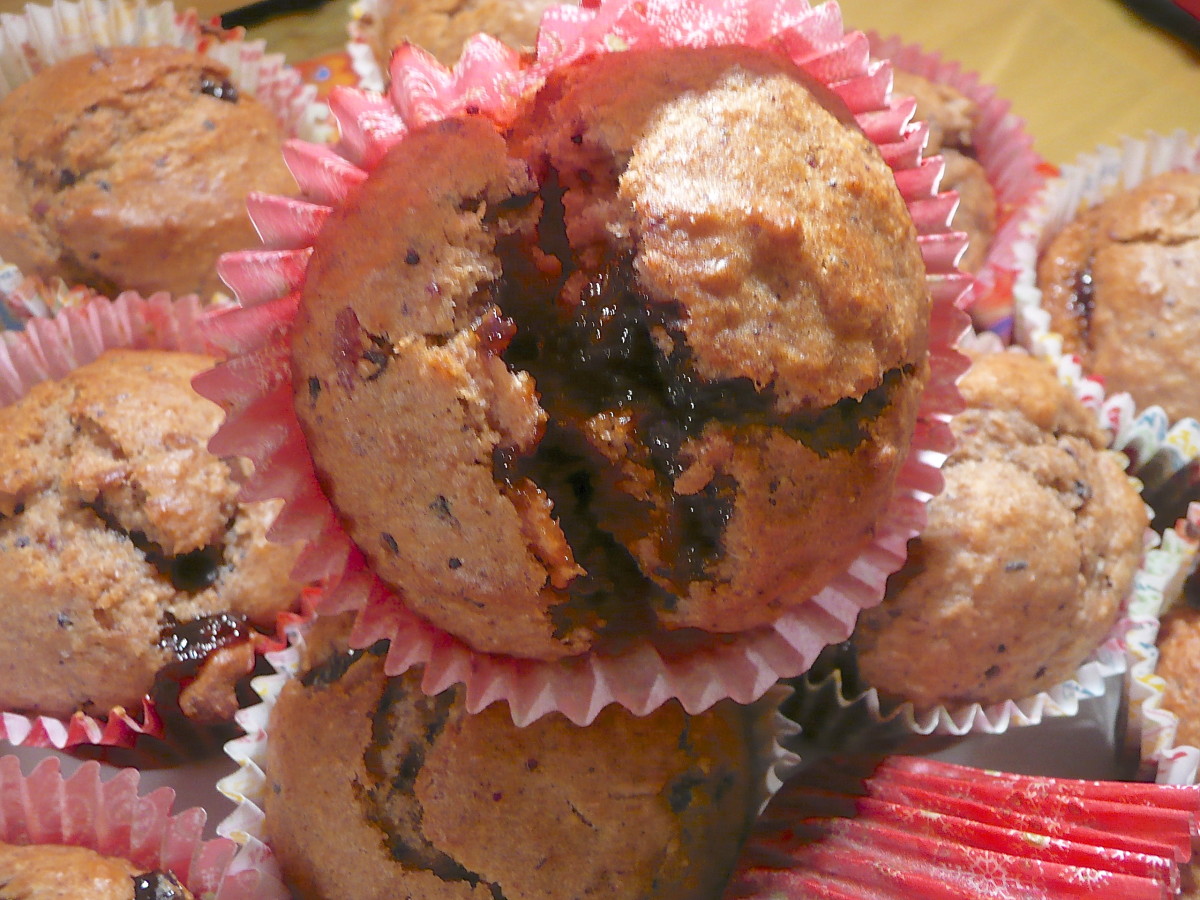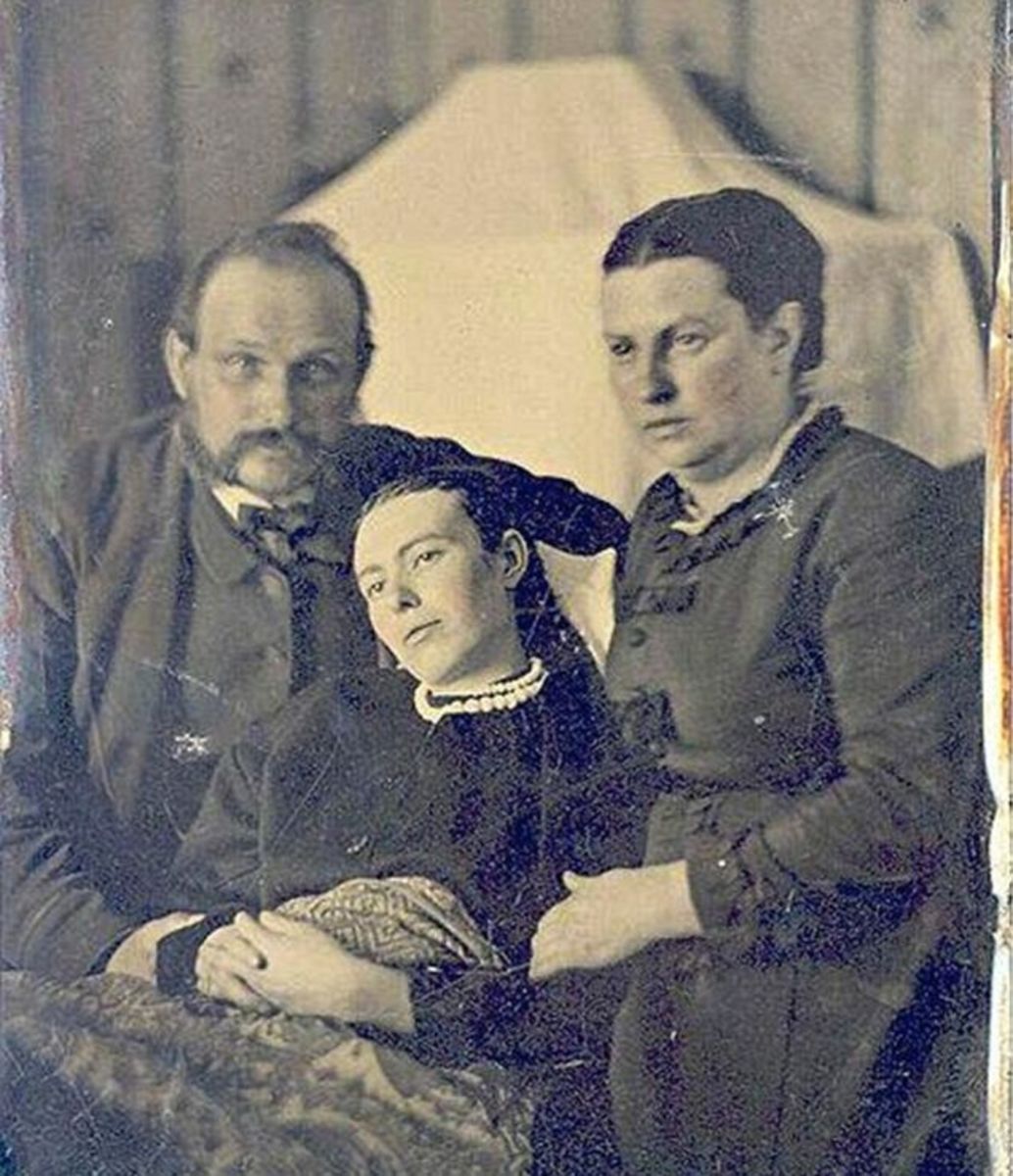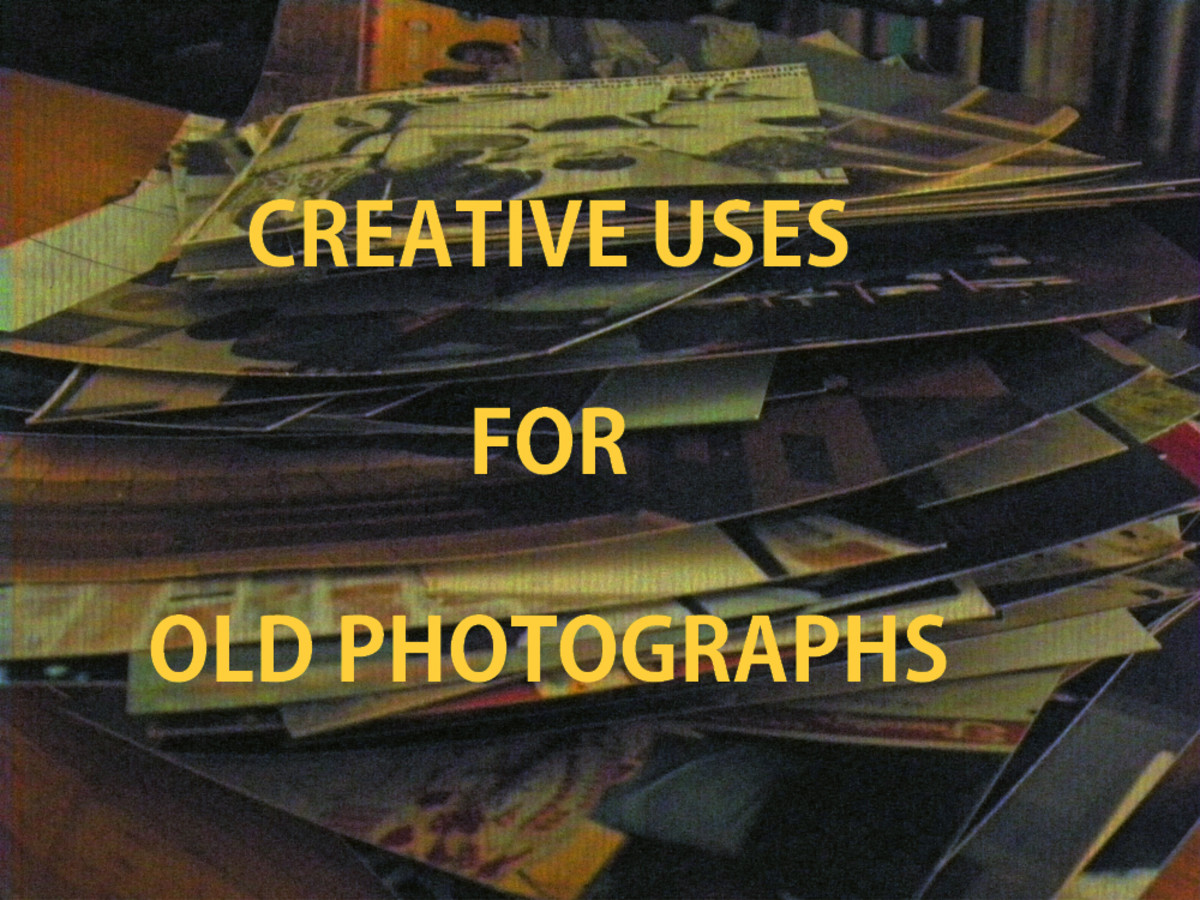Photographing Things that Look Like Something Else
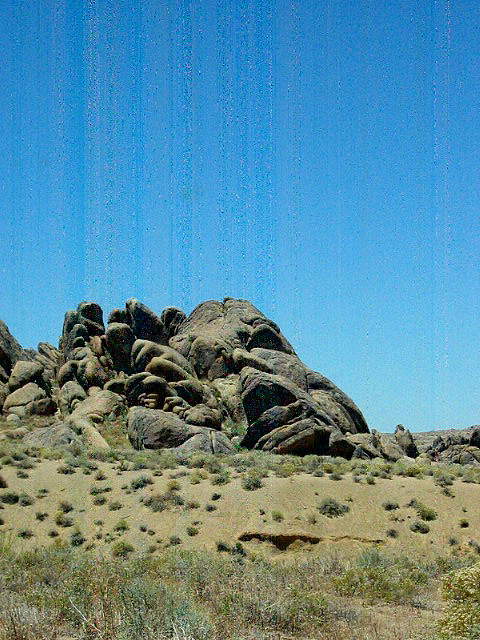
What is that? How many times have you seen a photograph and wondered what it actually was? Abstract photography is the same concept. A photographer creates an art work by recording details of a subject but in a way that it doesn't necessarily reveal the identity of the subject. This technique is excellent for not only capturing an audience's attention but it also keeps them enthralled for some time while they try to decipher it.
Based on these abstract photography principles another fun project which is quite similar to abstract art is to record images of basically any subject in a way that it reveals some details that with close inspection will eventually reveal the source; a "what is it" moment followed by a "so that's what it is."
Unlike abstract which cannot be identified all of the time, this theme will allow one to identify the subject but after spending some "quality" time inspecting the photograph.
Any subject will do, but aim to record subjects which have many details present or are very lacking in them; the two extremes. You will conduct this theme much better by using a lens that allows you to get in close, not necessarily a macro, although macros are great, but just close enough to reveal just enough and not too much all at once.
Animals are fun to include in this theme since many of their images are unrecognizable unless one carefully studies the sample. Many animals have similar skins, hair types and other features, use them to your advantage. Focus on areas where appendages meet and on facial features such as lips, eyes, noses, ears, limbs and so on.
Flowers are also good. Focus on the interior parts such as the pistils and stems. Macros shots work better with flowers than for many of the other subjects. The trick will be to record enough detail to make an audience guess as what type of flower it is that they are looking at.
Household items work amazingly well too. Focus on everyday items but here again, since most of us are very familiar with many of these subjects a macro will work better.
Three variations make these images hard to identify and gives the photographer various options: the angle used to record the image, how unusual a subject is or extreme close ups; macros.
It is also a good idea to do two projects; one where the photographs are in a mode that does not facilitate their identification. The other of the subject in a way that it becomes clearly recognizable. One can have lots of fun with the theme and it is very adaptable for educational purposes, for general photographic publications as well as for mediums such as the one you are reading at the moment.
The human body lends itself very well towards this technique. Focus on areas of the body in an extreme close up. Your audience will probably readily identify the images as that of a person, the key will be to identify what part of the body it is that they are looking at. Don't be shy here, photograph whatever part appeals to you as a good subject with this project in mind, but be mindful if you also intent to reveal the entire subject later.
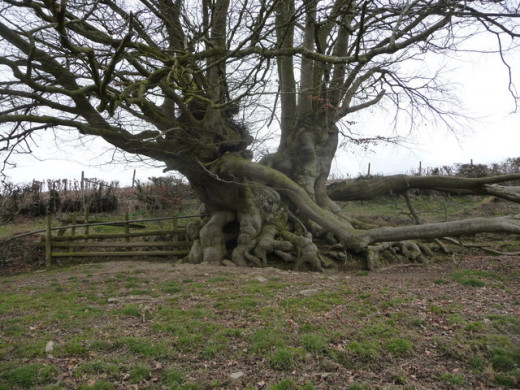
You can use color in pursuing the topic or in a monochromatic medium so long as your images are representative of a part of a subject which is intriguing and makes an audience wonder.
Apply theses images towards compositions which allow or encourage some text to be added to the photographs, usually offering a hint as to what they are. The answer can then be offered by showing the entire subject in a way which allows for recognition but it should be done in a format that prevents a person from seeing them right away.
Books and magazines are great for this because one set of photographs are in one page with the others being in another.
Scavenger hunts are predictably great and lend themselves very well here. Present an unrecognizable subject's photo to the participants and have them seek out an image of the actual subject. Do offer some subtle hints. It the hunt is to hard participants will become frustrated and give up.
©


